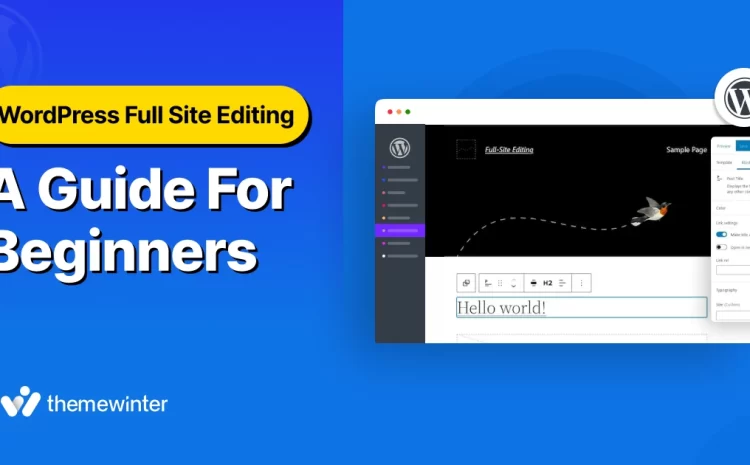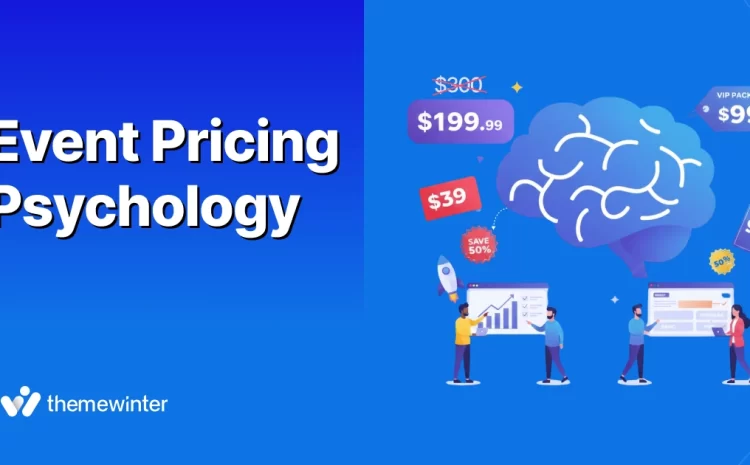The Power of Paid Restaurant Advertising: Max Sales in a Day💸
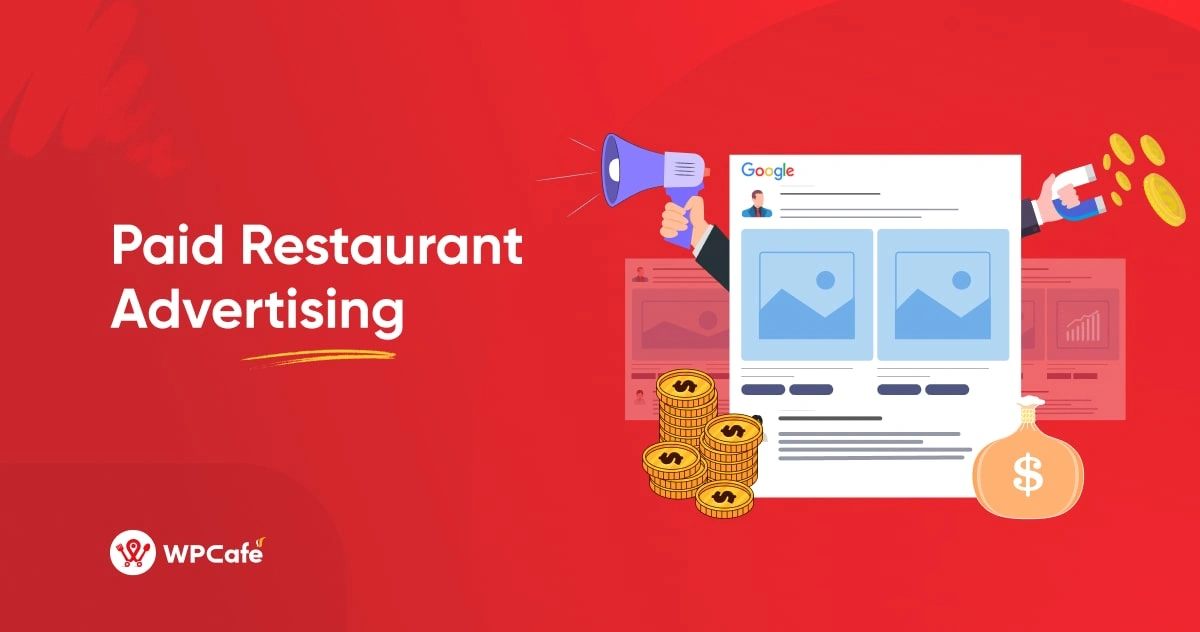
Table of Contents
Food is necessary for human survival, and restaurants are special places for eating. As a restaurant owner or manager, it’s important to take advantage of this opportunity. If you do not advertise for your restaurant, others may apply and you may fall to the bottom of the list.
Digital advertising spending $601.83 billion worldwide in 2023– Statista
While you can use free restaurant marketing, but remember that free means limited. If you want to stay at the top of the search results, you’ll need to invest money in paid ads marketing for your restaurant.

What You Need to Know Before Running Paid Restaurant Advertising
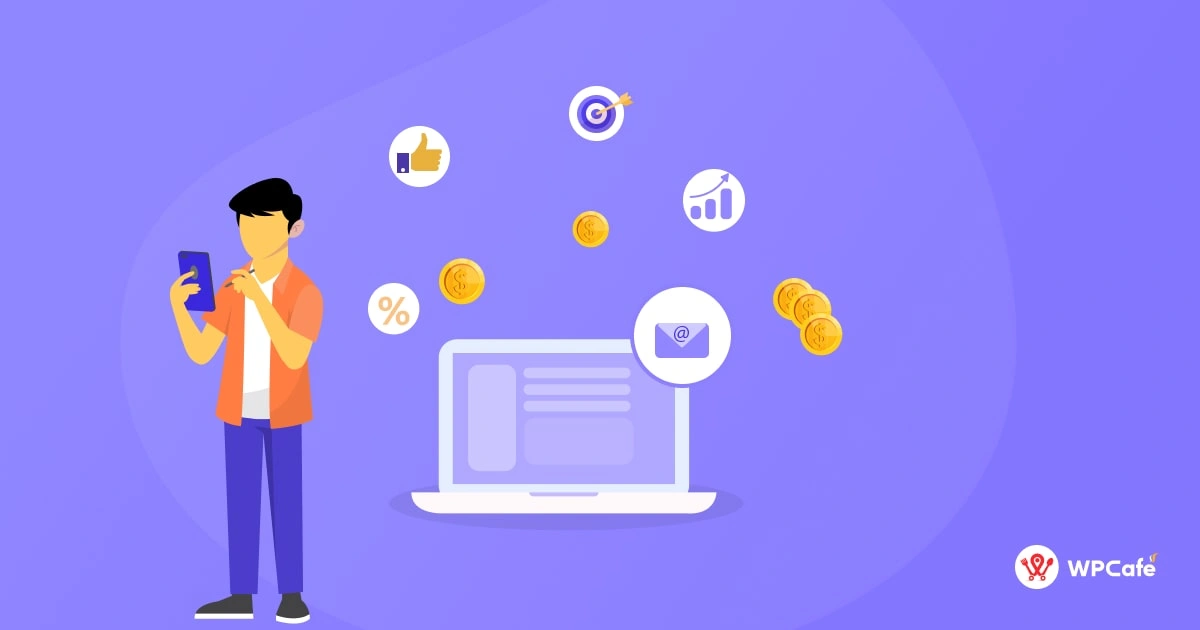
Paid restaurant marketing is one of those effective and powerful tools that can easily help you boost your restaurant reach and achieve your business’s goals by increasing visibility. In this way, you will be able to reach a large number of potential customers quickly. Before jumping in, make sure you’re prepared.
Here’s a rundown of what you need to know:
✅ Define Your Goals and Target Audience:
When advertising restaurant campaign, it’s crucial to know what you want to achieve. Are you looking to boost your brand awareness, drive more website traffic, generate leads, or increase sales? Identifying your goals will help you create a focused and effective ad campaign.
Understanding your target audience is equally important as defining your goals. Knowing your ideal customer’s demographics, interests, and behaviors will enable you to create ads that speak directly to them. This personalized approach can make a significant difference in the success of your marketing efforts.
✅ Choose the Right Platform:
There are many different paid marketing platforms available, such as Google Ads, Facebook Ads, Instagram Ads, and LinkedIn Ads. Each platform has its own strengths and weaknesses, so it’s important to choose the one that best suits your target audience and goals.
Google Ads:
- Strengths: Google Ads allows you to target users actively searching for products or services through search ads, reaching potential customers at the moment they express intent. It also offers display ads for broader reach across the Google Display Network.
- Weaknesses: Competition for keywords can be intense, leading to higher costs per click (CPC) in some industries. Ad performance heavily relies on effective keyword targeting and ad copy.
Facebook Ads:
- Strengths: Facebook Ads offer extensive targeting options based on demographics, interests, behaviors, and connections, allowing precise audience segmentation. It also provides various ad formats, including image ads, video ads, carousel ads, and more.
- Weaknesses: Ad burnout is a common challenge due to the high frequency of users on the platform. Additionally, changes to Facebook’s algorithm and ad policies can impact reach and performance.
Instagram Ads (part of Facebook’s ad platform):
- Strengths: Instagram Ads leverage the platform’s visually engaging nature, making them ideal for brands with strong visual content. It offers similar targeting options to Facebook Ads and supports various ad formats tailored for the Instagram audience.
- Weaknesses: Like Facebook, ad overload and algorithm changes can affect performance. Additionally, Instagram’s predominantly young user base may not align with every brand’s target audience.
LinkedIn Ads:
- Strengths: LinkedIn Ads target a professional audience, making them effective for B2B marketing and professional services. The platform offers precise targeting based on job title, industry, company size, and more. It also provides ad formats tailored for lead generation and brand awareness.
- Weaknesses: LinkedIn Ads tend to have higher costs compared to other platforms, making them less budget-friendly for some advertisers. Ad reach may also be limited in certain industries or regions.
✅ Set a Budget:
Decide how much you’re willing to spend on your paid marketing campaign. It’s important to be realistic about your budget and to track your results so you can see what’s working and what’s not. And consider factors such as :
- Cost per click (CPC)
- Cost per acquisition (CPA)
- Return on investment (ROI) to ensure efficient spending.
✅ Keyword Research:
Keyword research is extremely important because it allows you to understand what your customers need. If you don’t know what they want, it is difficult to serve them properly. This is especially true for advertising platforms like Google Ads and Facebook Ads, where targeting the right audience is crucial. To identify relevant keywords that have a high search volume and low competition, it is recommended that you use tools such as Google Keyword Planner, SemRush, Ubersuggest, and SpyFU.
✅ Compliance and Policies:
It is important to familiarize yourself with the advertising policies and guidelines of the platforms you will be using. This will help you avoid any potential issues, such as account suspension or penalties.
✅ Ad Creative:
Ad creatives have a significant impact on campaign performance. Ensure your content is eye-catching with memorable headlines, eye-catching copy, and visually appealing graphics or videos.
✅ Ad Targeting:
Depending on the advertising platform, you can use various targeting options to reach your target audience. There are many variables to choose from, such as demographics, interests, behaviors, and location.
✅ Ad Testing:
Conduct A/B testing to optimize ad performance. Test variations of ad copy, visuals, targeting options, and landing pages to identify the most effective combinations.
✅ Track Your Results:
Once your campaign is launched, it’s important to track your results so you can see how it’s performing. This will help you to optimize your campaigns for better results.
✅ Stay Updated:
Paid marketing platforms regularly update their algorithms, features, and policies. Stay informed about industry trends, best practices, and platform changes to adapt your strategies accordingly.
How Much Does Advertising Cost for a Restaurant
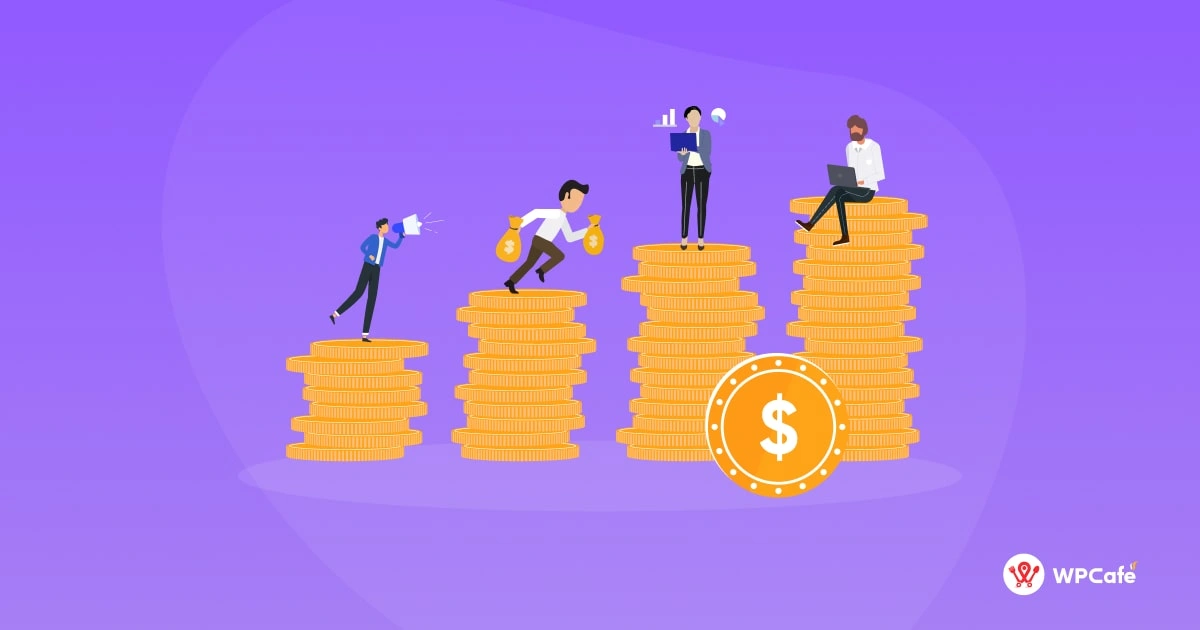
On average, restaurant ads spend around 3-6% of their total revenue on advertising. However, for new or struggling restaurants, it is recommended to allocate a higher percentage, ranging from 5-10%, to establish a strong presence in the market. According to statistics, the restaurant industry spends over $6 billion annually on advertising. Efficient allocation of funds and strategic marketing efforts are crucial for a successful advertising campaign.
How a restaurant marketing budget can be put together:
✔️ Allocate 20% of your budget to Google ads for restaurants.
✔️ Set aside 15% for print or radio ads.
✔️ 10% for social media marketing, such as Facebook Ads.
✔️ Reserve 5% of your budget for PR and brand awareness campaigns,
✔️ 5% for direct mail or email marketing.
✔️ Dedicate 3% for events or sponsorships,
✔️ 2% for loyalty programs or customer rewards.
💲 Facebook Advertising Basic Pricing
The cost of Facebook advertising is determined by several factors, including your selected bidding strategy, budget, target audience, and more.
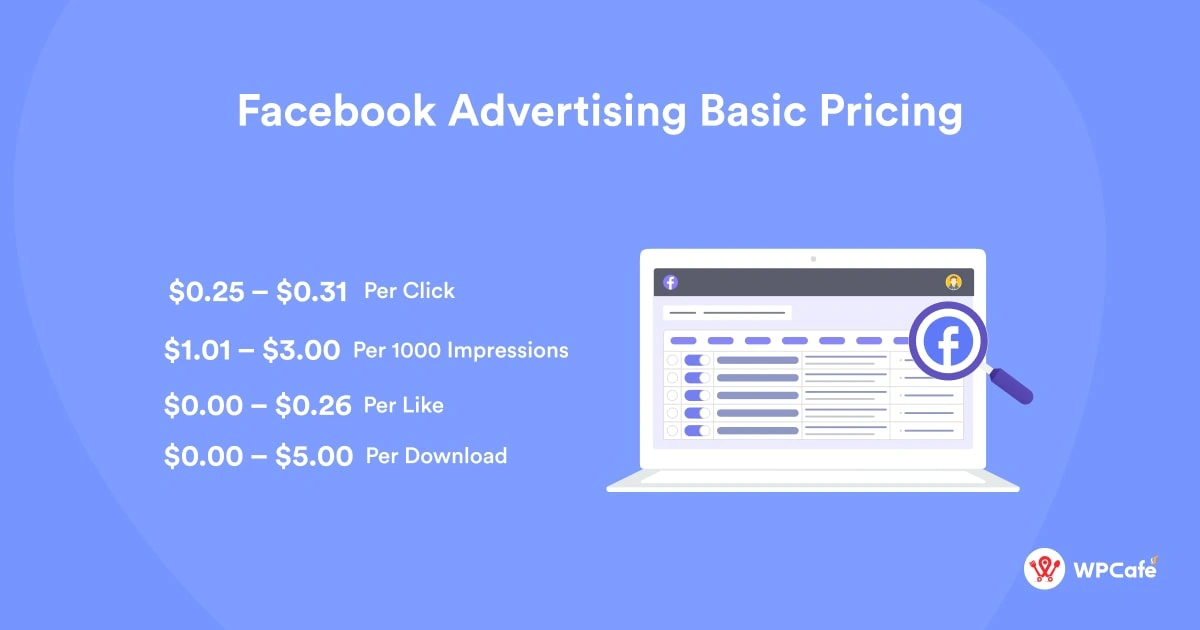
On average, people can pay the following for Facebook ads:
- $0.25 – $0.31 per click
- $1.01 – $3.00 per 1000 impressions
- $0.00 – $0.26 per like
- $0.00 – $5.00 per download
💲 Google Ads Basic Pricing
In 2024, the average monthly cost for Google Ads ranges from $100 to $10,000, as reported by 44% of respondents. The majority of businesses, accounting for 61% of respondents, typically pay between $0.11 and $0.50 per click. Additionally, 56% of respondents indicated that the average cost is between $0.51 and $1000 per 1000 impressions. It is important to note that Google Ads pricing is influenced by factors such as industry type, campaign targeting strategies, and the chosen ad network.
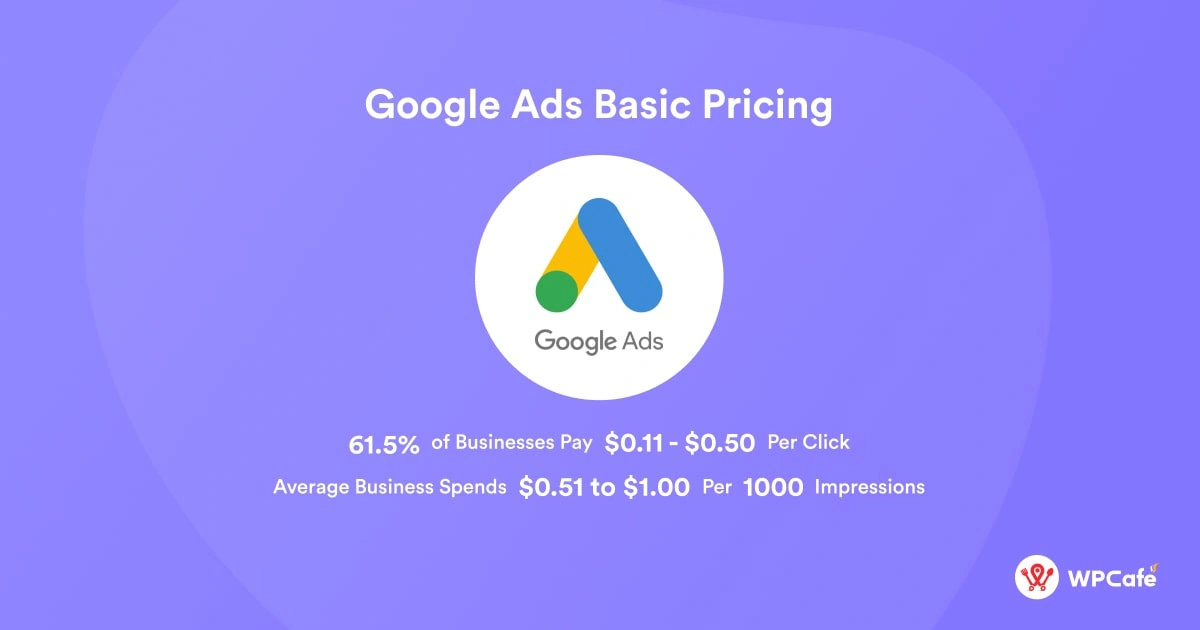
- 61.5% of businesses pay $0.11 – $0.50 per click
- Average business spends $0.51 to $1.00 per 1000 impressions
- 44% of businesses spend $100 – $10,000 per month on Google Adwords
- 37% of businesses pay $0.11 – $0.50 per click
- 31% of businesses pay $0.51 – $1.00 per 1000 impressions
- 25% of businesses pay $0.51 – $1.00 per 1000 impressions
- Google Display Network costs businesses between $0.11 and $0.50 per click
💲LinkedIn Advertising Basic Pricing
The cost of LinkedIn advertising typically ranges from zero to $500 for nearly half of respondents. Various factors, such as bidding model, bid amount, and competition, can impact monthly spending on LinkedIn ads. Furthermore, 17% of companies spend over $5000 a month on LinkedIn ads.
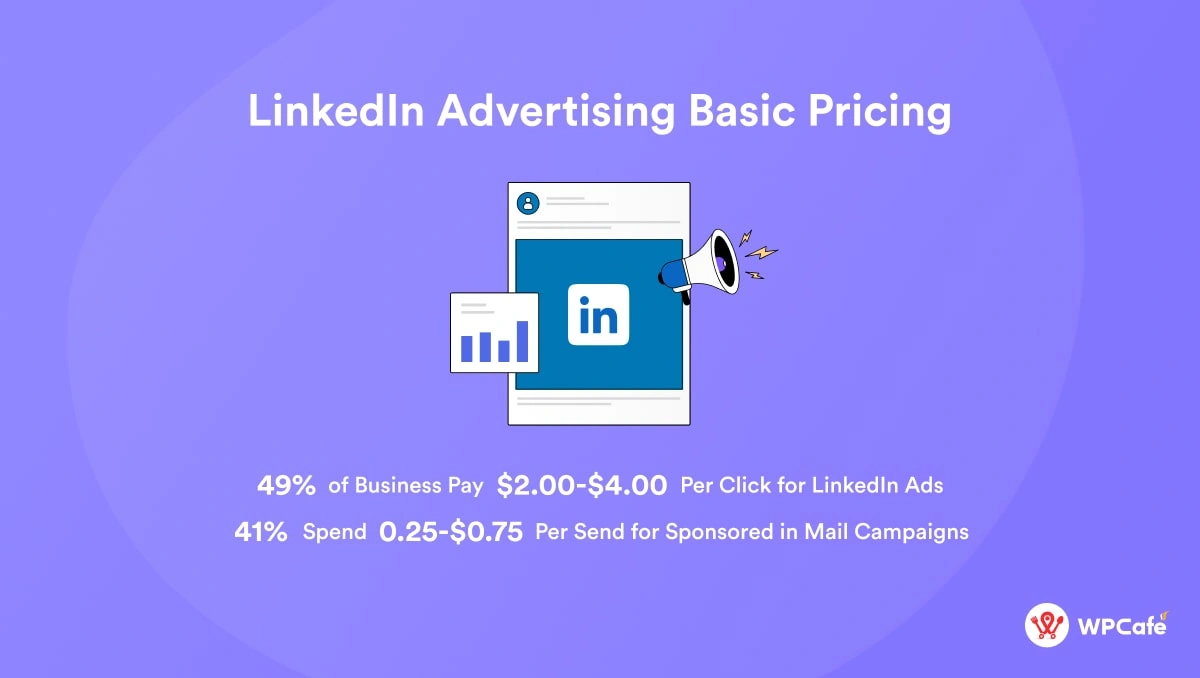
- 57% of businesses find the return on investment (ROI) from LinkedIn ads satisfactory.
- 57% of businesses dedicate 0-20% of their total advertising budget to LinkedIn advertising.
- 49% of businesses pay $2.00-$4.00 per click for LinkedIn ads
- 48% spend $0.00-$500.00 per month on these ads.
- 47% of businesses invest $3.01-$10.00 per 1000 impressions on LinkedIn ads,
- 41% spend $0.25-$0.75 per send for Sponsored in mail campaigns on the platform.
🧠 Restaurant Promotion Budget Planning Software
Restaurant budgeting can be made easier with the help of software like YNAB, Goodbudget, Quicken, EveryDollar, Xero, and QuickBooks. However, if you’re just starting out, Google Sheets can be a great option. It’s free and has sufficient features to help you calculate costs and create a budget plan for your restaurant. Additionally, you can easily share your budget plans with business partners or distribute budget execution plans to restaurant employees using Google Sheets.

Restaurant Marketing: Strategies and Best Practices
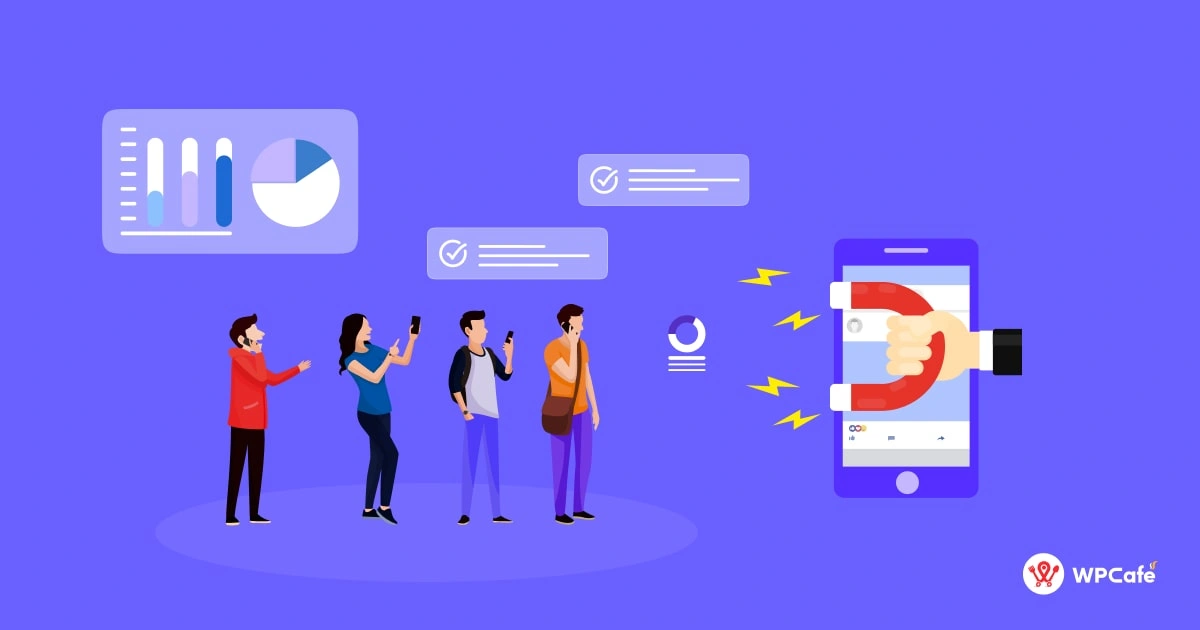
The best restaurant marketing practices involve creating engaging advertising campaigns that highlight special menu items, promotions, and events. Additionally, incorporating visually appealing images or videos in advertisements can capture the attention of potential customers and drive traffic to the restaurant’s location or website.
📝 Some point to remember:
👉 Optimize your online presence by creating a mobile-friendly website
👉 Claiming your business listing on review sites like Google My Business.
👉 Share delicious and visually appealing content on Social media
👉 Implement a loyalty program to incentivize repeat customers and encourage
👉 Collaborate with food influencers and bloggers to generate buzz .
👉 Stay in touch with your customers via email about special promotions.
👉 Make dining unique by hosting special events or themed nights.
👉 Collect and utilize customer data to personalize marketing campaigns
👉 Develop cross-promotional partnerships with other local businesses
👉 Monitor and respond to online reviews and feedback to demonstrate excellent customer service and address any concerns promptly.
Frequently Asked Questions (FAQ)
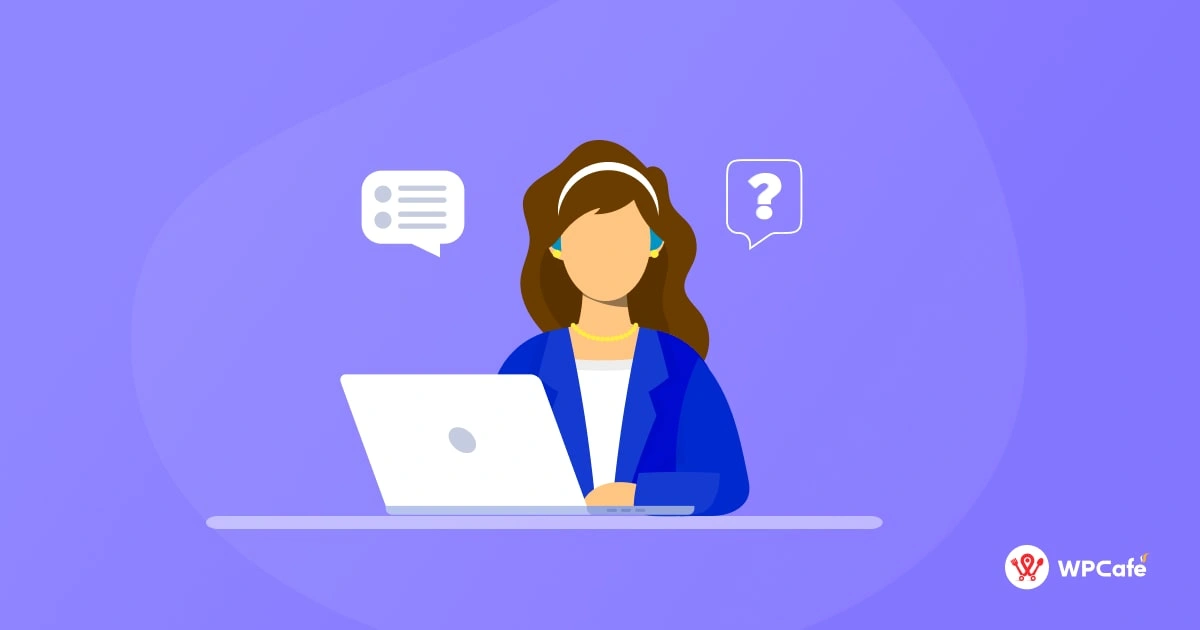
Q: Is paid advertising cost-effective for small restaurants?
Answer: Yes, paid advertising can be a cost-effective way for small restaurants to compete with larger chains and increase their customer base.
Q: How do I measure the success of my paid restaurant advertising campaigns?
Answer: You can track key performance indicators (KPIs) such as click-through rates, conversion rates, and return on investment (ROI) to gauge the effectiveness of your campaigns.
Q: Can paid advertising help me promote special events or restaurant promotions at my business?
Answer: Absolutely! Paid advertising is a great way to promote special events, promotions, new menu items, and other offerings to a targeted audience.
Q: Are there any specific platforms or strategies that work best for restaurant advertising?
Answer: Each restaurant’s target audience and marketing goals may vary, but popular platforms like Facebook Ads and Instagram Ads often have positive results due to their visual nature and advanced targeting options.
Q: Can paid restaurant advertising help drive foot traffic to my physical location?
Answer: Yes, with strategic targeting and compelling messaging, paid advertising can effectively drive foot traffic to your restaurant by reaching nearby customers who may be interested in dining out.
